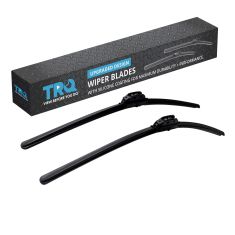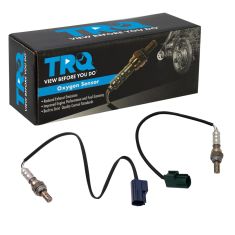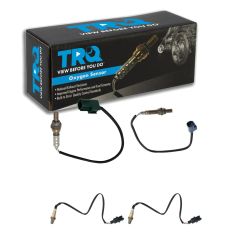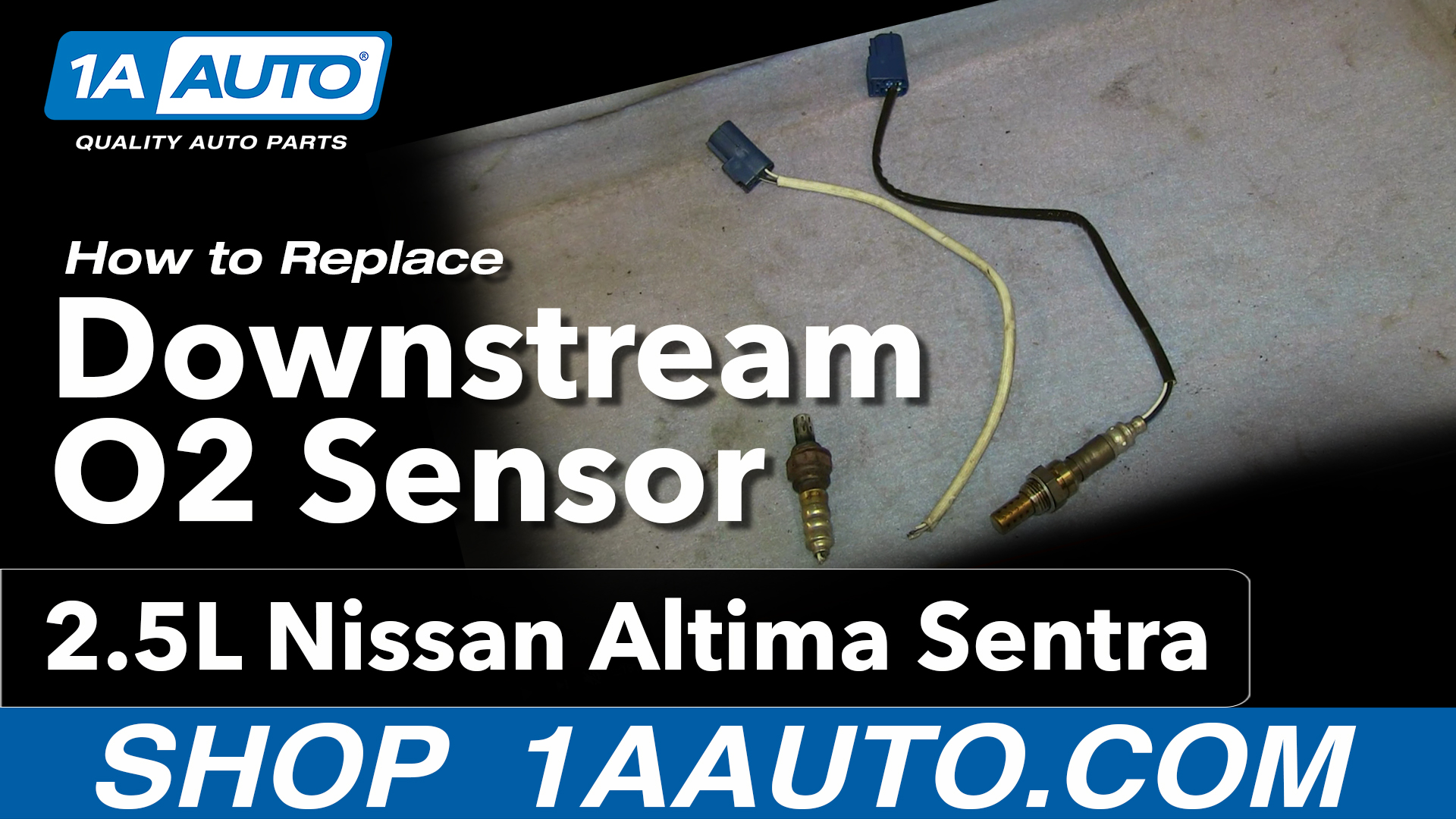1AEEK00678-Nissan Infiniti Suzuki O2 Oxygen Sensor TRQ OSA61648
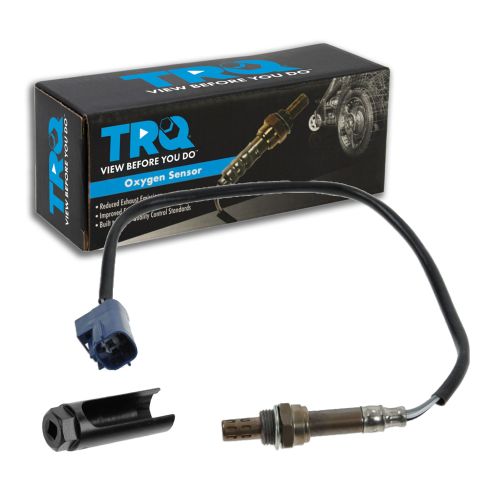


Replaces
2006 Infiniti FX35 V6 3.5L Downstream Right O2 Oxygen Sensor TRQ OSA61648


Recommended for your 2006 Infiniti FX35
Product Reviews
Loading reviews
Customer Q&A
No questions have been asked about this item.
Infiniti is a registered trademark of Nissan Motor Co., Ltd. 1A Auto is not affiliated with or sponsored by Infiniti or Nissan Motor Co., Ltd.
See all trademarks.









